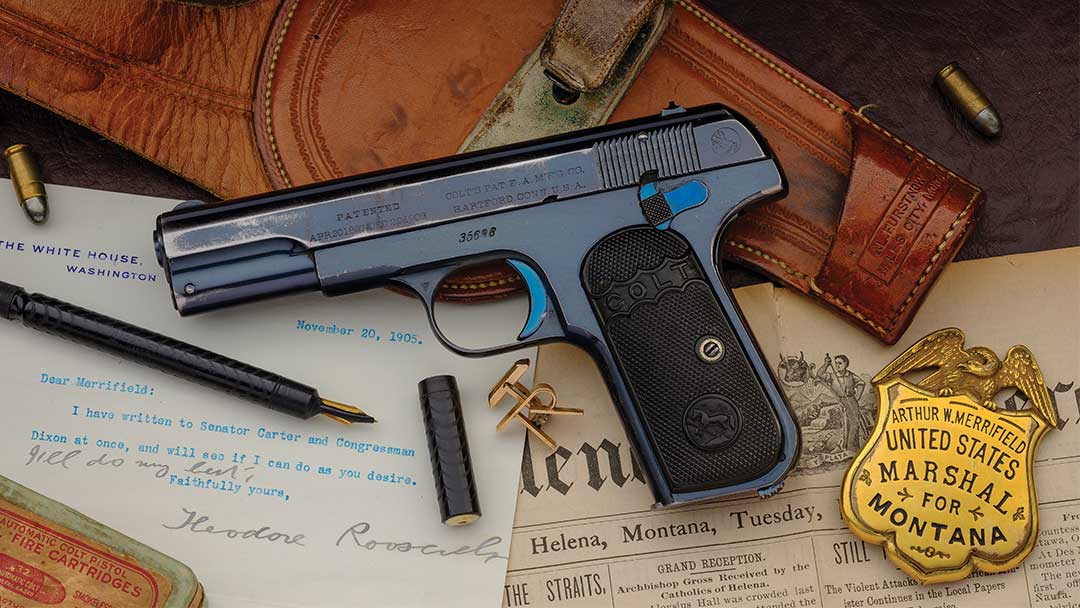
Introduction
Hey there, fellow firearm enthusiasts! If you’re here, you’re probably keen on crafting your custom gun. But the idea of tackling the ATF Form 1 procedure might be a bit intimidating. Fret not! This detailed guide is here to simplify the process and introduce you to a game-changer: solvent traps. We’ll show you how this versatile tool can help with your ATF Form 1 application, enabling you to create your own suppressor, all while saving bucks and staying on the right side of the law.
What is a Solvent Trap?
Before we get into the details, let’s grasp the basics. A solvent trap is like a tube that attaches to the end of your gun’s barrel. It’s mainly there to keep things tidy while you clean your firearm. It catches the cleaning liquid and gunk, making the cleaning process smoother. But here’s the cool part: with a few tweaks, you can turn a solvent trap into a fully functional firearm suppressor.
The Anatomy of a Solvent Trap
- Tube: The main body that holds everything together.
- End Caps: These seal the tube and direct the flow of solvent.
- Baffles: Internal components that help trap solvent and debris.
Why Choose a Solvent Trap?
So, why should you consider using a solvent trap for your ATF Form 1 application? Here are some compelling reasons:
- Cost-Effective: A high-quality suppressor can cost anywhere from $600 to $1500, not including the $200 tax stamp. In contrast, a solvent trap can cost as little as $50 to $200, offering significant savings.
- Customization: With a solvent trap, you have the freedom to customize your suppressor according to your specific needs and shooting style. Whether you’re a long-range shooter or a close-quarters combat enthusiast, you can tailor your suppressor for optimal performance.
- Legal Compliance: As long as you follow the correct procedures and secure ATF approval, using a solvent trap as a suppressor is entirely legal. This ensures you stay on the right side of the law while enjoying your custom firearm.
The ATF Form 1 Process: A Step-by-Step Guide
Navigating the ATF Form 1 process can be daunting, but it’s crucial for legal compliance. Here’s a step-by-step guide to help you through:
- Initial Preparation: Before you start, gather all necessary documents, including identification and proof of citizenship.
- Filling Out the Form: The ATF Form 1 is quite detailed. Fill out all required fields accurately. For the description box, write: “I do not plan on buying nor do I possess any parts or materials to make a silencer or suppressor until I have an approved Form 1.”
- Uploading Images: You’ll need to upload images as part of the application. A recommended approach is to use a handwritten note stating, “I do not have parts and will do research while waiting for approval.” Take a photo of this note and upload it.
- Review and Submit: Double-check all entries, especially the legal declarations. Once you’re confident, submit the form.
- Waiting Period: After submission, there’s a waiting period for ATF approval. This can range from a few weeks to several months, depending on various factors.


Expert Tips and Tricks
- Consult Specialized Guides: While general guides are helpful, aim for resources specifically focused on solvent traps. This ensures you get the most accurate and relevant information.
- Legal Nuances: Always consult legal experts or forums to stay updated on any changes in federal regulations concerning solvent traps and ATF Form 1.
- Patience and Research: The waiting period is an excellent time to research further modifications and gather all the materials you’ll need once your application is approved
Conclusion
Making your own special firearm with a suppressor doesn’t need to be a tough or costly project. With a solvent trap and a good grasp of the ATF Form 1 process, you can make your dream of having a unique, budget-friendly, and legal firearm come true. So, dive in and start your adventure toward crafting the perfect firearm made just for you!
I hope you find this comprehensive guide helpful. Feel free to share it with others who might benefit from this information. Happy shooting!